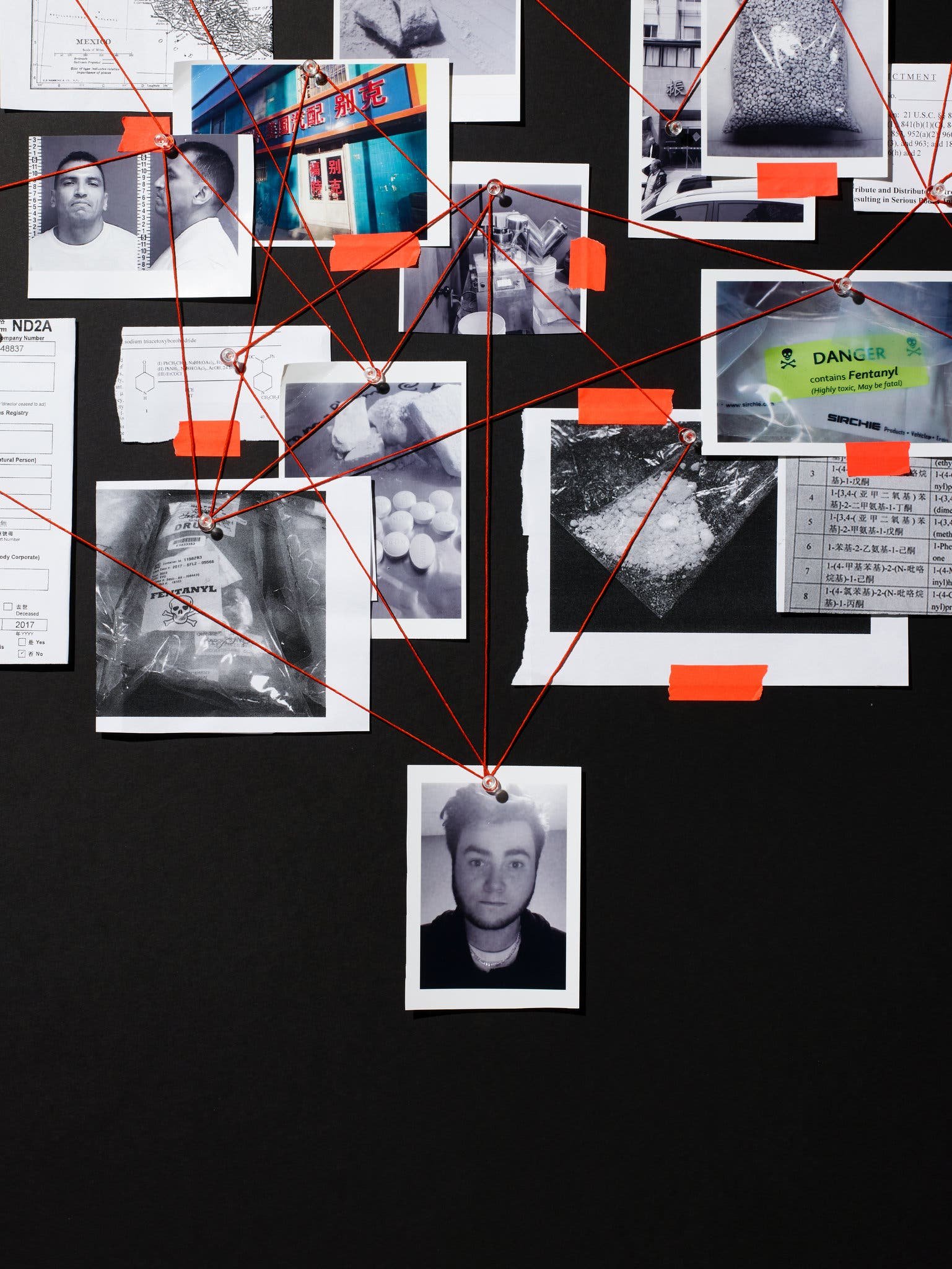
Articles by Safety Services Management

Epidemic Within the Pandemic
In a November 2021 update, the U.S. Centers for Disease Control and Prevention reported that more than 100,000 people died from overdoses in a 12-month period ending in April—the biggest increase ever seen in the U.S. The culprit? Fentanyl, which was the factor in 60 percent of the fatal overdoses. That represented a massive 50 percent increase in a single year.

Fentanyl - Chemical Weapons Attack
The word is only slowly getting out in media circles about the dangers of illicit fentanyl trafficking.
In the 2019 The New York Times Magazine story “The China Connection: How a DEA Agent Cracked a Global Fentanyl Ring,” author Alex W. Palmer wrote: “A kilogram of fentanyl, purchased for only a few thousand dollars, can be mixed with heroin and made into a couple million dollars’ worth of pills. By contrast, a kilogram of undiluted heroin nets less than $80,000 in profit.”

The Fatal Facts
Most people don’t recognize the dangers. Rock stars battling injuries from fatigue on the road have fallen prey to taking pain-killing drugs laced with fentanyl. Two of the music’s superstars fell into that category: Prince and Tom Petty.
Sports stars also have to be aware. Recently former Boston Bruins’ hockey player Jimmy Hayes died, according to the Office of the Chief Medical Examiner in Massachusetts, “from acute intoxication due to the combined effects of fentanyl and cocaine.” He became addicted to painkillers after suffering a hockey injury.

THE UNTOLD STORY: REMEDIATING A TOXIC DRUG DWELLING FOR SAFE REENTRY
What people aren’t aware of is the tragic consequences of overdoses don’t end merely with a user’s death. Wherever a person has engaged in illicit fentanyl use, the dwelling may become a hazardous waste site. Even inhaling a speck of the drug can prove deadly.

